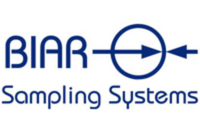
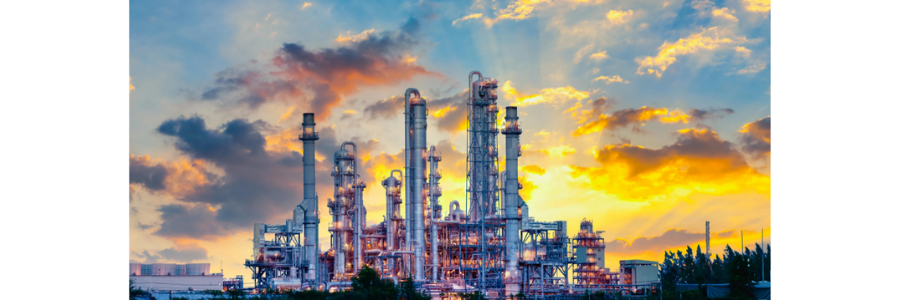
Reactor Sampling Systems 101: Challenges and Solutions
Reactor sampling systems are a challenge most batch manufacturers struggle with on a daily basis, particularly with high-temperature processes that require several samples per batch. In many cases, it is critical to obtain a representative sample for the lab to ascertain whether the process is running optimally. In these cases, time is of the essence and cooling the sample before analysis is problematic. If the process is under vacuum, a sample system that allows sampling without breaking vacuum saves critical time and money in assessing the process.
Most reactors are not adequately designed for drawing a representative sample. There may be a drain valve at the bottom which may be the only place where a sample can be taken. Operators may have to use a sampling setup, which might consist of a T off the drain valve with a ball valve or a double block and bleed. These setups must be flushed out before a representative sample can be taken. This process generates a significant amount of waste, and if the line is not flushed out correctly, a bad sample is the result.
In many plants, a flush bucket is an integral part of the process. It is also an unsightly addition to the sampling area and a potential health hazard that can decrease a facility’s quality of industrial hygiene. If the process has a high freezing point, the connections must be heat-traced and insulated to prevent the product from freezing at the outlet. In many instances, product may solidify at the outlet, or may spray when the operator opens the valve, compromising the safety of both the operator and the plant.
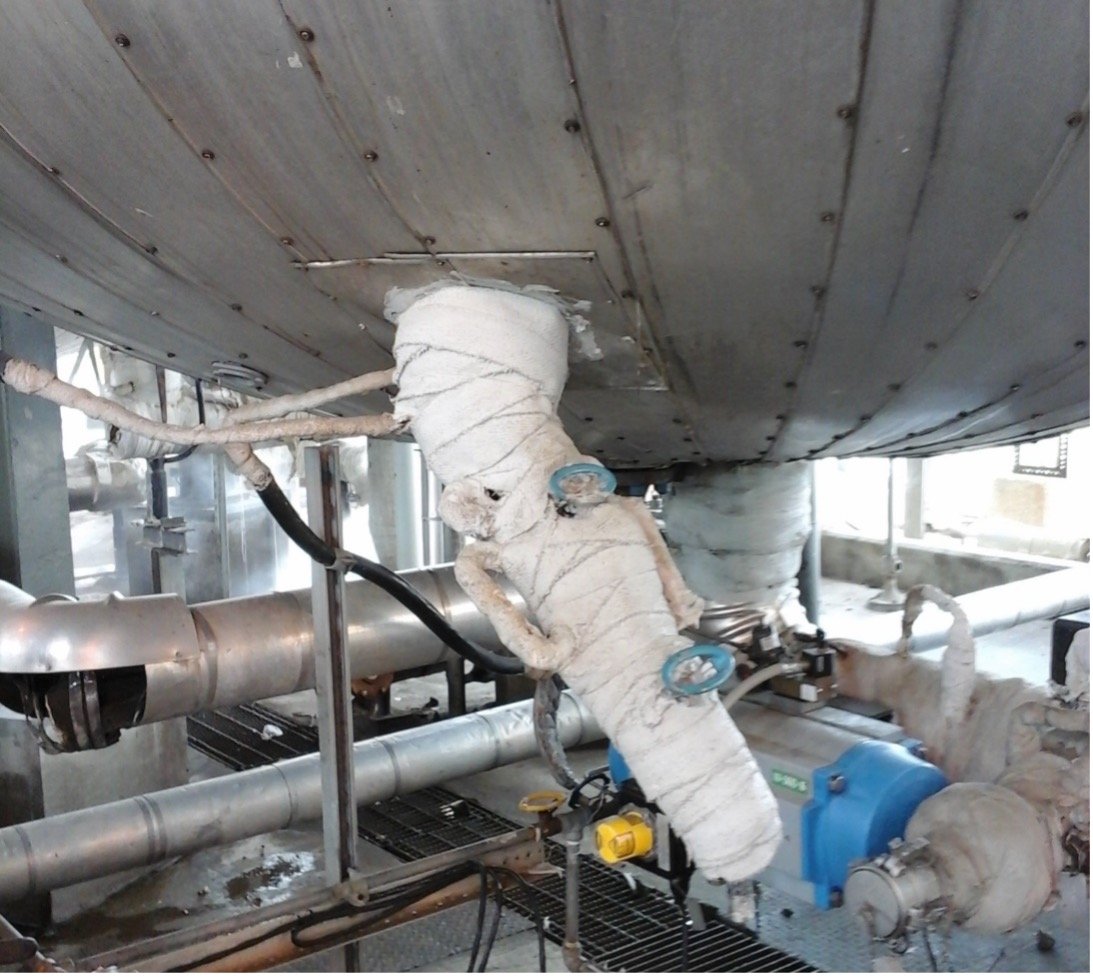
A typical double block and bleed system with insulation is designed to keep the product from solidifying. This type of setup is problematic because it does not keep the product sufficiently hot to prevent solidification. It is also a safety hazard because it requires an operator to hold a bottle at the outlet to grab a sample, as well as flush out the line.
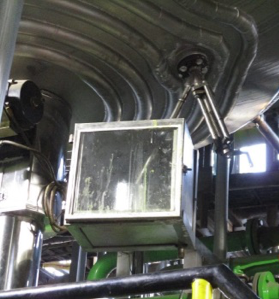
Some plants have added a safety enclosure to protect operators from hot product spraying from the outlet. The enclosure needs to be flushed out before a representative sample can be taken. If the line is flushed incorrectly, lab results can be skewed, and the operator must take another sample.
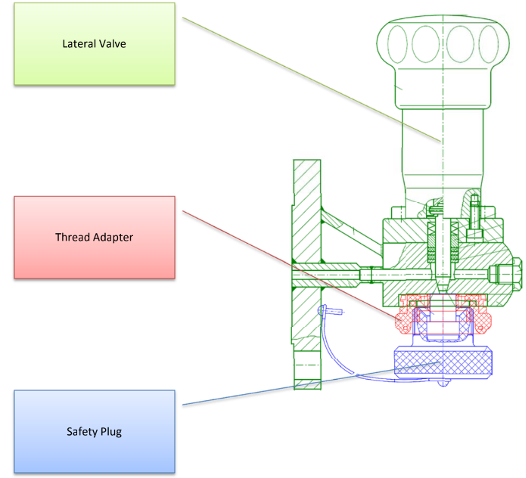
A BIAR sample valve is designed to allow a representative sample to be taken without flushing the line.
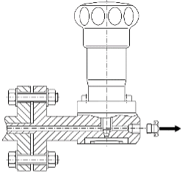
1. When the sample valve is connected to an empty reactor, the plug at the back of the valve can be removed safely.
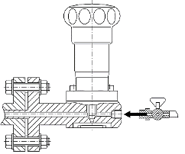 2. A Nitrogen feed can then be attached to the valve.
2. A Nitrogen feed can then be attached to the valve.
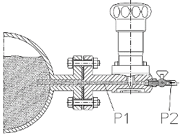 3. The pressure on the Nitrogen line (P2) must be greater than the pressure in the sampling line (P1) so that the dead space can be pushed back into the reactor before sampling.
3. The pressure on the Nitrogen line (P2) must be greater than the pressure in the sampling line (P1) so that the dead space can be pushed back into the reactor before sampling.
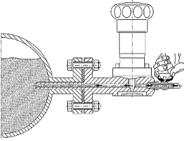 4. Before taking a sample, the operator opens the valve on the Nitrogen line to push the dead space back into the reactor.
4. Before taking a sample, the operator opens the valve on the Nitrogen line to push the dead space back into the reactor.
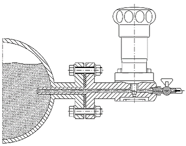
5. When the dead space has been flushed back into the reactor, the Nitrogen can be turned off. Then, fresh product flows back to the sample valve to allow a representative sample to be taken.
For safer sampling...
Want to learn more?

